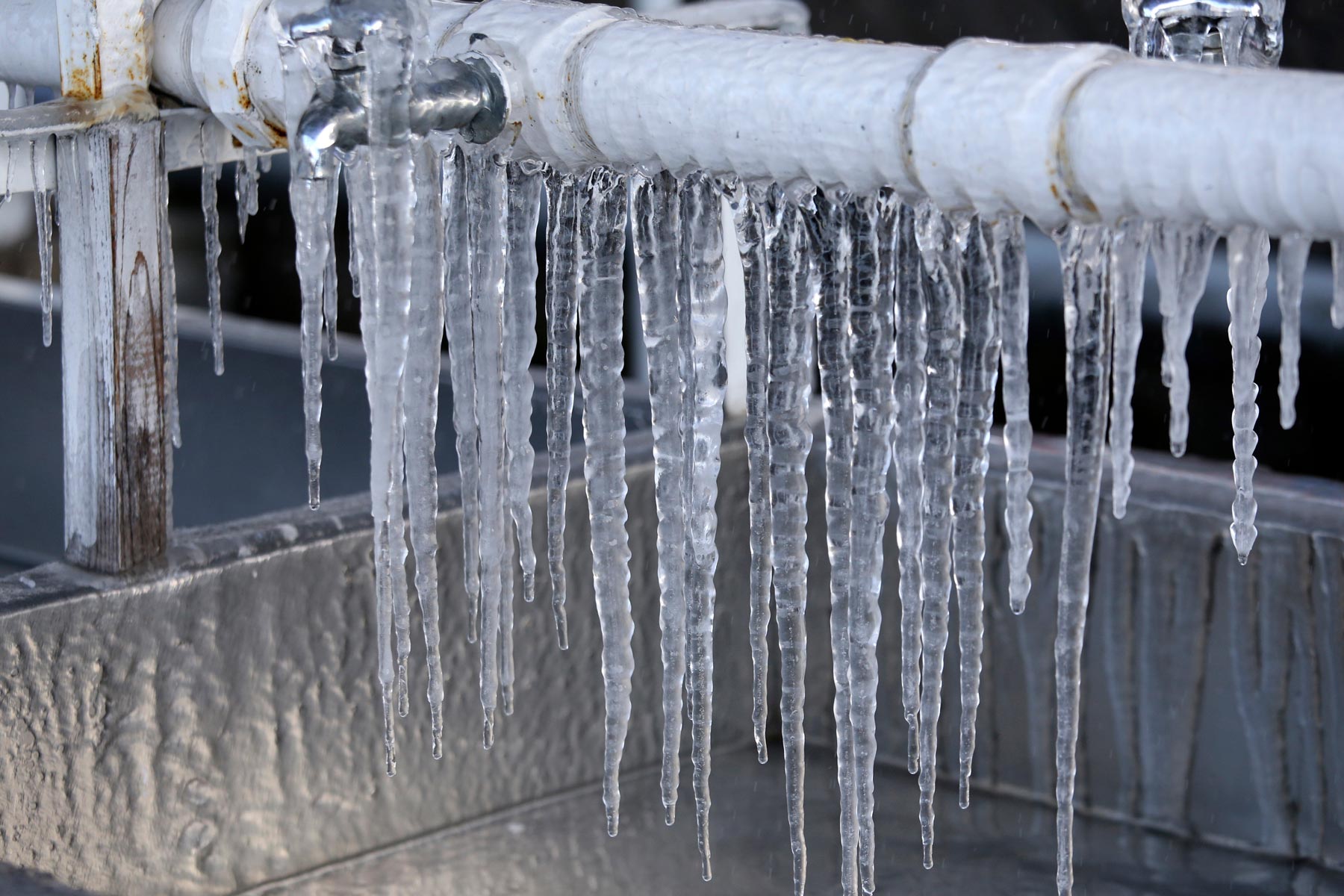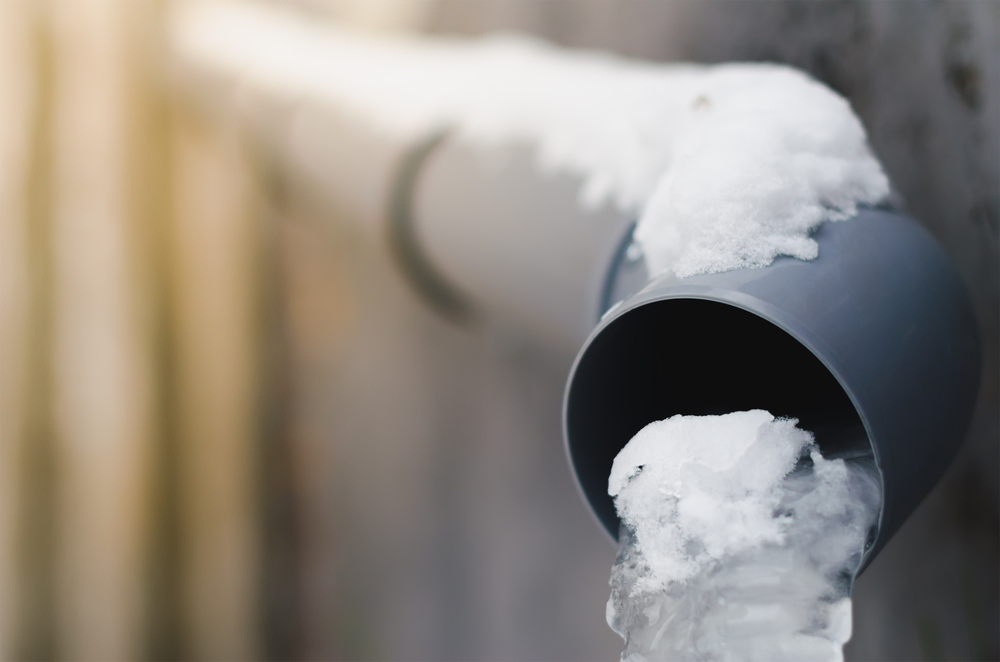This great article on the next paragraphs in relation to 6 Ways to Prevent Frozen Pipes is absolutely intriguing. Read on and make your own ideas.

Winter can ruin your plumbing, particularly by freezing pipes. Below's exactly how to avoid it from occurring and what to do if it does.
Introduction
As temperature levels drop, the risk of icy pipes rises, potentially bring about costly repair services and water damage. Recognizing exactly how to avoid icy pipes is essential for house owners in cool environments.
Prevention Tips
Protecting prone pipelines
Cover pipes in insulation sleeves or utilize warm tape to safeguard them from freezing temperatures. Concentrate on pipelines in unheated or outside areas of the home.
Heating techniques
Maintain interior spaces sufficiently heated, specifically locations with plumbing. Open up cabinet doors to permit warm air to flow around pipelines under sinks.
Exactly how to identify frozen pipelines
Search for lowered water flow from faucets, uncommon odors or noises from pipes, and noticeable frost on exposed pipes.
Long-Term Solutions
Architectural adjustments
Think about rerouting pipelines far from outside walls or unheated areas. Include added insulation to attic rooms, basements, and crawl spaces.
Upgrading insulation
Invest in high-grade insulation for pipelines, attic rooms, and wall surfaces. Appropriate insulation assists maintain consistent temperature levels and reduces the risk of icy pipes.
Safeguarding Outdoor Pipes
Garden hoses and exterior faucets
Separate and drain yard pipes before wintertime. Set up frost-proof spigots or cover outside taps with insulated caps.
Recognizing Frozen Pipes
What creates pipes to freeze?
Pipelines ice up when subjected to temperature levels below 32 ° F (0 ° C) for prolonged durations. As water inside the pipes freezes, it increases, putting pressure on the pipe walls and possibly causing them to rupture.
Dangers and problems
Frozen pipes can cause supply of water disturbances, residential property damage, and costly fixings. Burst pipes can flooding homes and create considerable architectural damage.
Signs of Frozen Pipes
Identifying icy pipes early can stop them from bursting.
What to Do If Your Pipes Freeze
Immediate activities to take
If you presume icy pipes, keep faucets available to eliminate pressure as the ice thaws. Make use of a hairdryer or towels taken in warm water to thaw pipelines gradually.
Final thought
Avoiding frozen pipes needs proactive measures and fast reactions. By recognizing the causes, indicators, and safety nets, homeowners can safeguard their pipes during winter.
5 Ways to Prevent Frozen Pipes
Drain Outdoor Faucets and Disconnect Hoses
First, close the shut-off valve that controls the flow of water in the pipe to your outdoor faucet. Then, head outside to disconnect and drain your hose and open the outdoor faucet to allow the water to completely drain out of the line. Turn off the faucet when done. Finally, head back to the shut-off valve and drain the remaining water inside the pipe into a bucket or container. Additionally, if you have a home irrigation system, you should consider hiring an expert to clear the system of water each year.
Insulate Pipes
One of the best and most cost-effective methods for preventing frozen water pipes is to wrap your pipes with insulation. This is especially important for areas in your home that aren’t exposed to heat, such as an attic. We suggest using foam sleeves, which can typically be found at your local hardware store.
Keep Heat Running at 65
Your pipes are located inside your walls, and the temperature there is much colder than the rest of the house. To prevent your pipes from freezing, The Insurance Information Institute suggests that you keep your home heated to at least 65 degrees, even when traveling. You may want to invest in smart devices that can keep an eye on the temperature in your home while you’re away.
Leave Water Dripping
Moving water — even a small trickle — can prevent ice from forming inside your pipes. When freezing temps are imminent, start a drip of water from all faucets that serve exposed pipes. Leaving a few faucets running will also help relieve pressure inside the pipes and help prevent a rupture if the water inside freezes.
Open Cupboard Doors
Warm your kitchen and bathroom pipes by opening cupboards and vanities. You should also leave your interior doors ajar to help warm air circulate evenly throughout your home.

Do you really like reading about How To Avoid Freezing Pipes? Create a short review directly below. We'd be delighted to hear your feelings about this posting. We are looking forward to see you back again in the future. Sharing is caring. Helping others is fun. I value reading our article about How To Avoid Freezing Pipes.
Estimate